Google Veo 3 vs OpenAI Sora: Which AI Video Generator Reigns Supreme in 2025?
Generative video AI is not just a trend anymore, but it's a creative explosion reshaping everything from trailers to viral ads. At the center of this transformation stand 2 tech titans, namely, OpenAI's Sora and Google's Veo 3. Both represent massive leaps forward and yet they come from vastly different design philosophies. Where Sora emphasized cinematic storytelling and emotional depth, conversely, Veo 3 focuses on precision and accuracy.
To see which AI video generator truly reigns supreme in 2025, you need to explore the following article, which is an ultimate face-off. Also, check out this video that offers a hands-on look at both AI video powerhouses before we discuss their complete breakdown.
Making Comparison Easy: Google Veo 3 vs. OpenAI Sora
Explore the given table that highlights the strengths and nuances of Google Veo 3 and OpenAI Sora for a quick overview:
| Feature | Google Veo 3 | OpenAI Sora |
|---|---|---|
| Video Quality | Up to 1080p (future 4K) | Up to 1080p+ |
| Max Duration | Approx 30 sec | Up to 60+ seconds |
| Prompt Input |
|
|
| Scene Control | High (physics & camera language) | Moderate |
| Visual Style | Realistic & Scientific | Artistic & cinematic |
| Ecosystem |
|
|
| Best Use Case |
|
|
| Public Access | Limited (early access) | Controlled access via ChatGPT |
| Output Coherence | Strong for short scenes | Exceptional in long sequences. |
Part 1. A Brief Background Overview of Video Generative Models
To appreciate the power behind both technologies, go through this section for a brief overview and the technical magic fueling them:

A. Google Veo 3
- It's the latest generation of Google’s generative video AI technology.
- Renowned for physics-based realism and precise cinematographic controls.
- Part of Google DeepMind’s extensive AI ecosystem, including Gemini and Imagen.
- It supports 4K output with sound effects, ambient noise, and dialogue in videos.
Technology Architecture
- Presumed to use a Transformer-based architecture integrated with diffusion models.
- Uses Google’s proprietary datasets and powerful computing infrastructure.
- Features advanced modules for scene comprehension and realistic motion physics.
B. OpenAI Sora
- The Open AI Sora inaugurated a text-to-video model back in 2024.
- It focuses on high visual fidelity, longer video generation, and strong coherence.
- Intended within the ChatGPT ecosystem with plans for future multimodal capabilities.
- The platform only supports 1080P resolution without sound or audio in videos.
Technology Architecture
- Built on multimodal Transformer framework, paired with diffusion-based video generation.
- It's trained extensively on diverse web videos and authentic motion datasets.
- Excels at maintaining smooth temporal flow and a detailed spatial rendering.
C. Comparison
- Google Veo 3: It emphasizes scientific accuracy and controllability, with option to Extend video generation. Besides this, you can arrange the generated video according to the time length.
- OpenAI Sora: Delivers stronger results in storytelling, motion coherence, and natural texture flexibility. It has a prompt rewrite option for users attempting to generate videos in the artistic style.
Part 2. Google Veo 3 vs. OpenAI Sora: AI-Generated Video Comparison
Once the technology behind both models is uncovered, go through this section that puts Veo 3 and OpenAI Sora head-to-head in video generation:
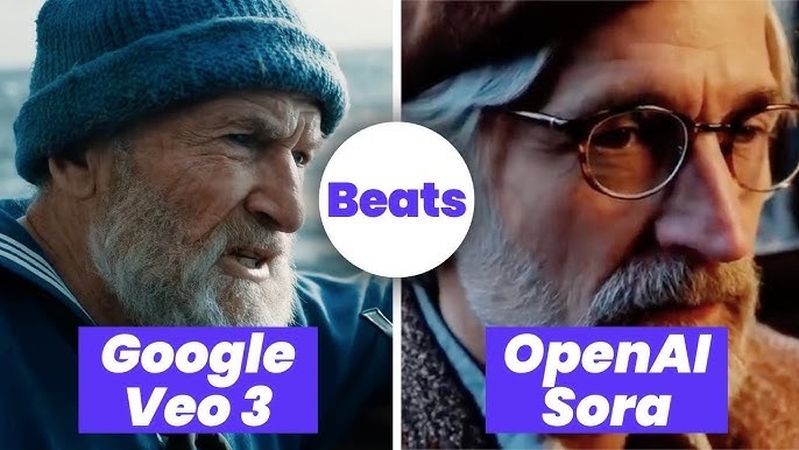
A. Google Veo 3
Output Quality
- Delivers video in up to 1080P resolution, with 4K support expected soon.
- Provides realistic lighting, physics-based interactions, and detailed object movement.
- Well-suited for real-world simulations, educational visuals, and scientific accuracy.
Video Length
- Offers flexibility in video length; the exact duration limits are not clearly defined.
Audio Generation
- Offers built-in audio generation capability, allowing users to create videos with synchronized soundtracks or voiceovers.
Video Processing Speed
- The processing speed is slower due to high-quality result and audio generation involved.
Video Processing
- Google Veo 3 focuses on cinematic-quality video processing for high-end projects.
B. OpenAI Sora
Output Quality
- Regularly produces videos in 1080P or, at times, higher resolution.
- Preserves visual clarity and frame stability throughout clips lasting over 60 seconds.
- Excels in rendering fine textures, realistic backgrounds, and expensive facial details.
Video Length
- OpenAI Sora is for short video content with a maximum length of 60 seconds.
Audio Generation
- Doesn’t offer native audio generation and requires sourcing or creating audio separately.
Video Processing Speed
- Sora, by contrast, prioritizes speed and versatility for text-based video generation.
Video Processing
- It delivers faster processing and broader input options, considering time efficiency.
For video generation, both Google Veo 3 and OpenAI Sora are top-notch, but they shine in different ways. Veo 3 delivers realism with physics-based interactions and even includes built-in audio generation. On the flip side, Sora leans into speed and stable videos that can stretch over 60 seconds with fine-textured results. Ultimately, Veo 3 is your go-to for precision, while Sora wins on speed and storytelling.
Part 3. Google Veo 3 vs. OpenAI Sora: Real-World Utility
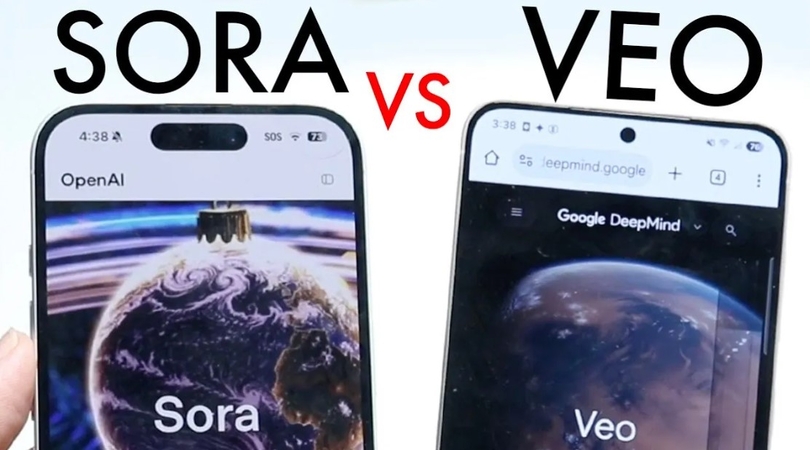
A. Veo 3
- Convenient for scientific visualization and clear communication of complex data.
- Suitable for pre-production planning and visual prototyping in filmmaking.
- Creates polished ad visuals and engaging social media snippets with realism.
B. OpenAI Sora
- It's best for cinematic storytelling and entertainment-driven content.
- Generates short films, branded content, and surreal or artistic video projects.
- For immersive content creation for VR/AR environments and visual experiences.
Part 4. A Seamless Way to Enhance Generated Videos with HitPaw VikPea
Once you’ve wrapped up two impressive videos using the Google Veo 3 or OpenAI Sora, fantasize about the dreamland. You showcase them, expecting perfection, but instead, spot flickering lights or awkward frame jumps. To maintain the vibe, the only reliable solution is HitPaw VikPea (formerly HitPaw Video Enhancer), which flips the game with its Video Quality Repair Model. It works well by removing artifacts and noise caused by video compression, with an overall improved outcome.
Key Features
1. Utilize Face Model to uplift the subject's facial characteristics for sharpening details in your AI-generated videos.
2. To improve low frame rate videos generated through AI, use its Frame Interpretation Model that smoothens out minor details.
3. The General Denoise Model helps in removing noise in regular AI-generated clips to make them more transparent and of higher quality.
4. For damaged cinematic videos, you can opt for the Detail Recovery Model to upgrade the quality of your videos and retain its colors and elements.
5. With its Color Enhancement Model, creators can enhance the colors of AI videos and make AI content appear better on a big screen.
Steps to Improve AI-Generated Video with VikPea
At times, even the AI-generated video leaves behind subtle flaws or doesn’t match your quality requirement. To overcome this situation, you should consider HitPaw VikPea first and follow the given tutorial for improvised results:
Step 1. Set Up HitPaw VikPea and Choose File for EnhancementIntegrate updated version of VikPea on your device and press the “Choose File” button to add your video for upscaling.

Step 2. Decide on the AI Model and View Your Result
From the panel on right side, settle on “Video Quality Repair Model” to eliminate undesired artifacts. Later on, head to the “Preview” button and have a glimpse of the result generated by the tool.

Step 3. Secure the Improved Version of Your Video
Now, navigate to the “Export” button at top right corner to save your improved video, after being convinced by the results.

Conclusion
In conclusion to the article, we’ve encountered that both OpenAI Sora and Google Veo 3 bring impressive strengths to the table in 2025. When the goal and requirement for video generation are clear, the platform selection ultimately differs. The guide above can be a valuable asset in decision-making because it focuses on their technology architecture and general overview. Still, if you think your generated video needs an extra boost, consider HitPaw VikPea.




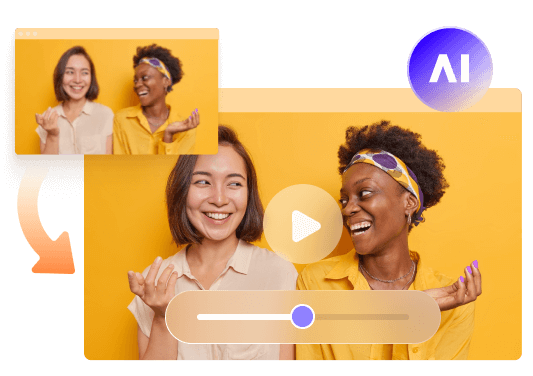




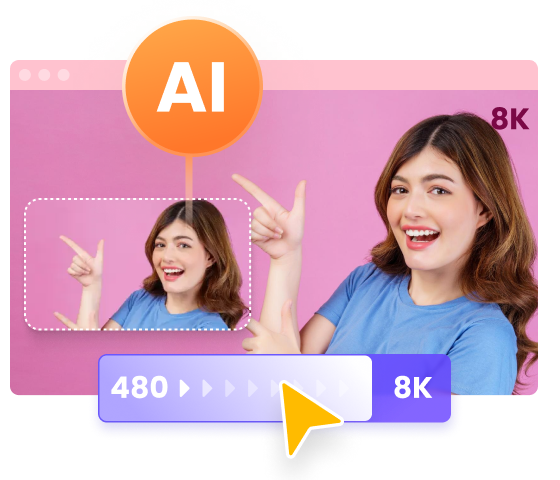
 HitPaw Edimakor
HitPaw Edimakor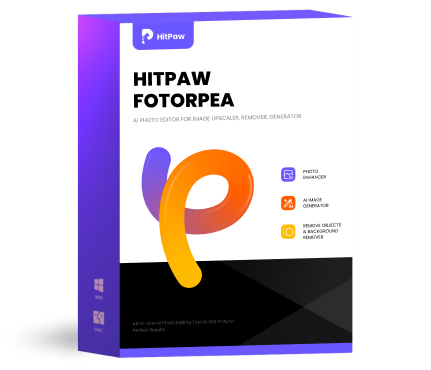 HitPaw FotorPea
HitPaw FotorPea HitPaw Univd (Video Converter)
HitPaw Univd (Video Converter) 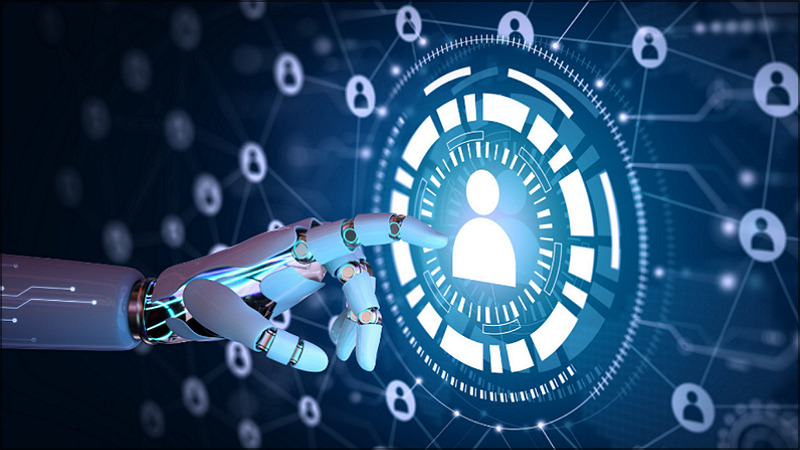


Share this article:
Select the product rating:
Daniel Walker
Editor-in-Chief
This post was written by Editor Daniel Walker whose passion lies in bridging the gap between cutting-edge technology and everyday creativity. The content he created inspires the audience to embrace digital tools confidently.
View all ArticlesLeave a Comment
Create your review for HitPaw articles